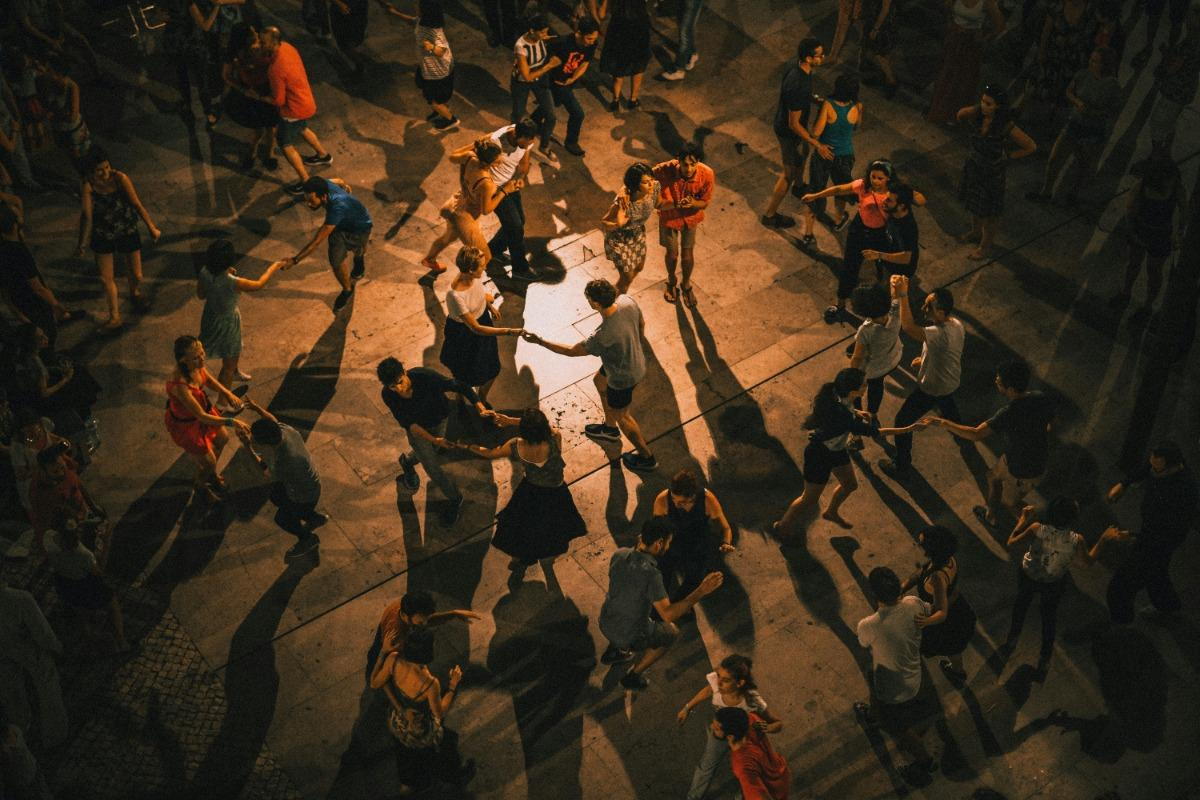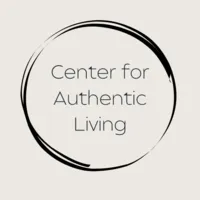The Unseen Dance: Dance Movement Therapy and an Embodied Approach to Self-Care Written by ClarkMArie Finkelstein
posted: Oct. 14, 2024.

Humans are faced with a variety of stressors throughout their lives and a global pandemic has only added to that load. That being said, how do people manage these stressors? When looking for support, oftentimes self-care is discussed. It can be implied that the type of self-care most talked about in the media should work for everyone when in reality that is not the case. This topic brings to light the importance of an individual, unique, self-care plan created to support each person based on what their mind, body, and soul needs. Instead of people feeling frustrated or thinking that self-care doesn’t work for them, Dance Movement Therapy and an embodied approach work towards understanding the body to then bring forth information that will help clients understand exactly what they need. This type of therapy utilizes the body and its intelligence and works with one’s lived experiences to better help understand what’s happening on the inside. The information learned can then support clients in meeting their needs while also honing in on what to avoid that may cause harm or dysregulation for them.
Through Dance Movement Therapy the client is supported and seen in their various identities, bodies, and neurological ways of processing in a trauma-informed way. Van Der Kolk (2014) explains that the body lets clients know what is and is not safe through different sensations; “If you have a comfortable connection with your inner sensations-if you can trust them to give you accurate information - you will feel in charge of your body, your feelings, and yourself.” (p.98) With their therapist, clients get to explore the root of where the sensations are coming from and what they want to do with the new information. With Dance Movement Therapy, this process gets to be slowed down step-by-step to allow the client to notice when certain approaches may not feel good or safe in their body; there is space for adjustments and other modifications needed to provide clients with insight into lasting and positive impacts. This process then becomes the client’s unseen dance. This unseen dance refers to the work simultaneously happening internally and externally for the client while listening to the knowledge of the body in support of the client’s needs providing the opportunity to move through what needs shifting and brings growth.
Van Der Kolk, B., M.D. (2014). The Body Keeps Score: Brain, Mind, and Body in the Healing of
Trauma. Penguin Books.
